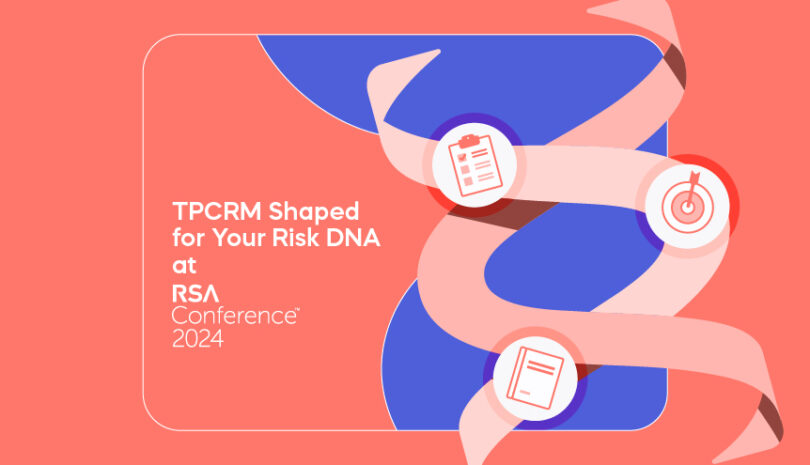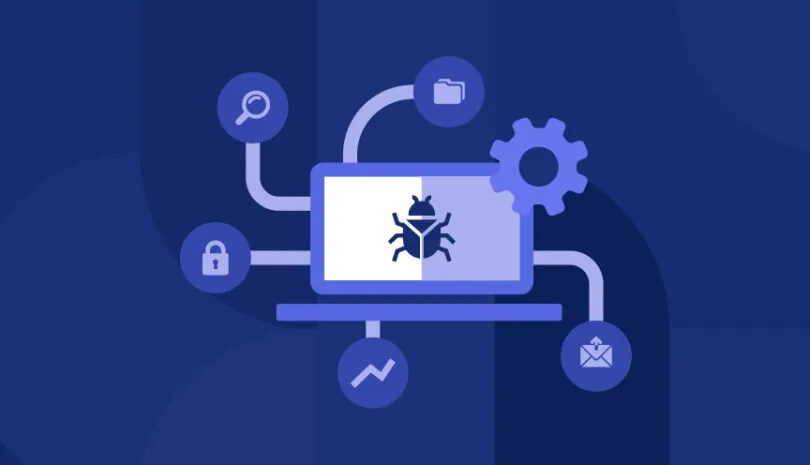Companies are finally understanding the importance of having a full due diligence process in place to assess their third-party vendors. But an essential part of the third-party risk management process is what happens at the end: Once you’ve finished assessing your vendors; you need to monitor them. This proactive approach will alert you of any potential or new risks that require your attention.
Below are five capabilities to look for when considering third-party risk monitoring:
1. Monitoring should be rapid.
When you are dealing with tens, if not hundreds, of third-party vendors, time is of the essence. While monitoring is an essential part of managing vendor risk, having to monitor your vendors manually is an arduous and time-consuming task which is not sustainable. In order to scale, an automated monitoring tool such as Panorays’ third-party risk management tool is essential.
2. Monitoring should be continuous.
Performing a risk assessment of one of your vendors is essentially a snapshot of your vendor’s cybersecurity posture at a moment in time—even though organizations and technology are constantly changing. Continuous monitoring, on the other hand, raises the awareness of vendors’ changing vulnerabilities, processes and security posture through live alerts. This way, organizations can make effective decisions about their vendors’ security risk in real time.
3. Monitoring should be collaborative.
Collaboration creates a common language among stakeholders. Conversely, when there isn’t collaboration, the right hand doesn’t know what the left hand is doing, which also increases risk.
Improved collaboration and communication enables you to better understand and properly monitor your vendors. When you are able to communicate with your vendors, right within the platform, as is the case with the Panorays platform, the ease of communication and collaboration is that much more powerful.
4. Monitoring should be comprehensive.
Organizations should have established processes to conduct comprehensive monitoring of third parties. Companies, as well as cyber threats, are constantly changing and evolving, making it imperative to keep up with the increased number of vendor threats.
Panorays’ comprehensive analysis includes data from 1,000 public sources, investigating the dark web for anomalies that could indicate malicious behavior, as well as consideration of the impact of human behavior on your vendors. With knowledge comes power, so the more you know about your vendors, the better equipped you are to be proactive about mitigating risks as they are discovered.
5. Monitoring should include controls and processes.
Even the best organizations, with the right security controls and processes in place, may still encounter security incidents involving data and systems. It is critical that processes be put in place for third parties to report issues and incidents and work collaboratively with organizations to resolve them. However, third parties won’t always report issues, even if contractually bound to do so.
That’s why controls must be in place to inform the organization of issues and incidents. The organization should have defined processes to work collaboratively with third parties, as well as have incident response procedures, including prepared steps to take, should an issue arise.
Want to learn more about how to efficiently and comprehensively monitor your third-party vendors? Contact us to schedule a demo.




